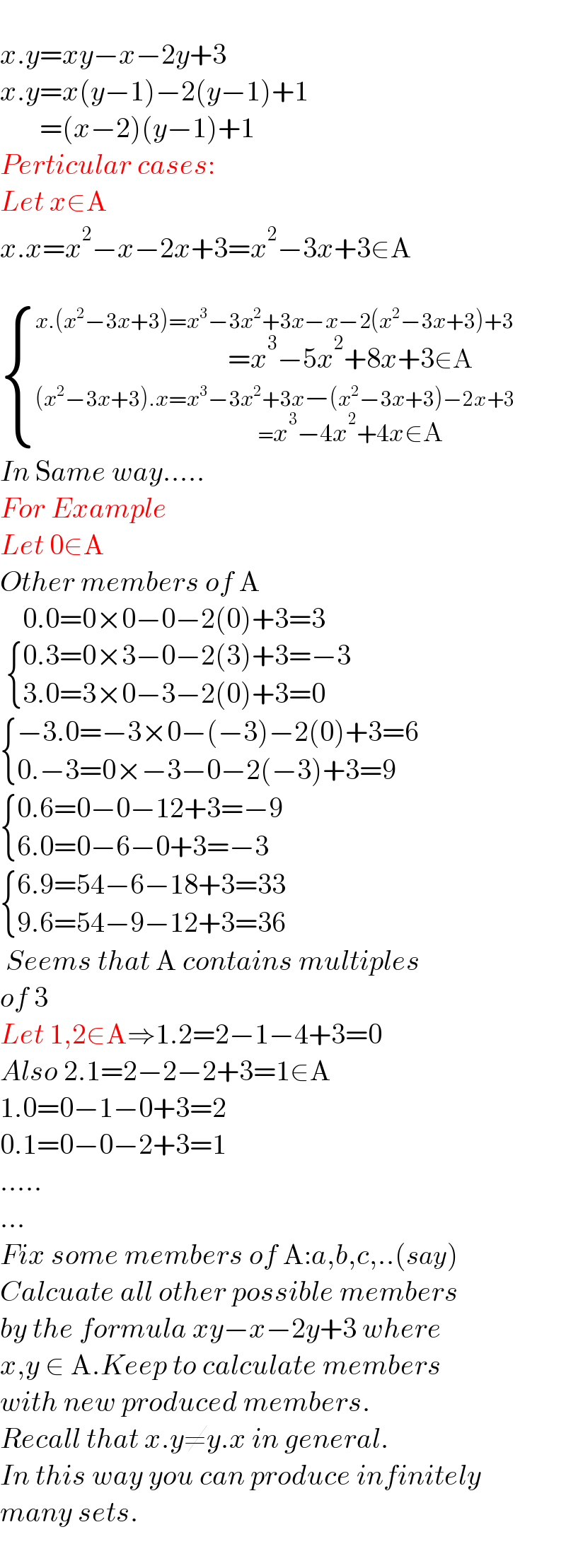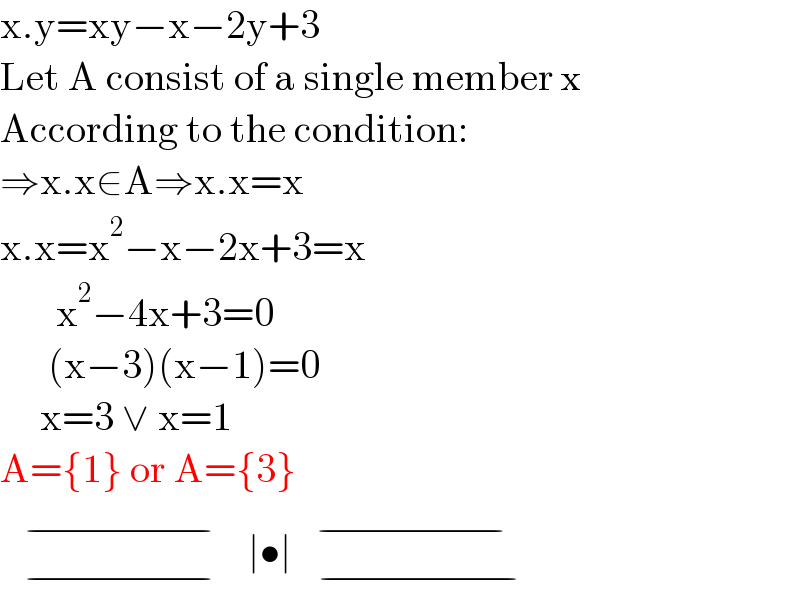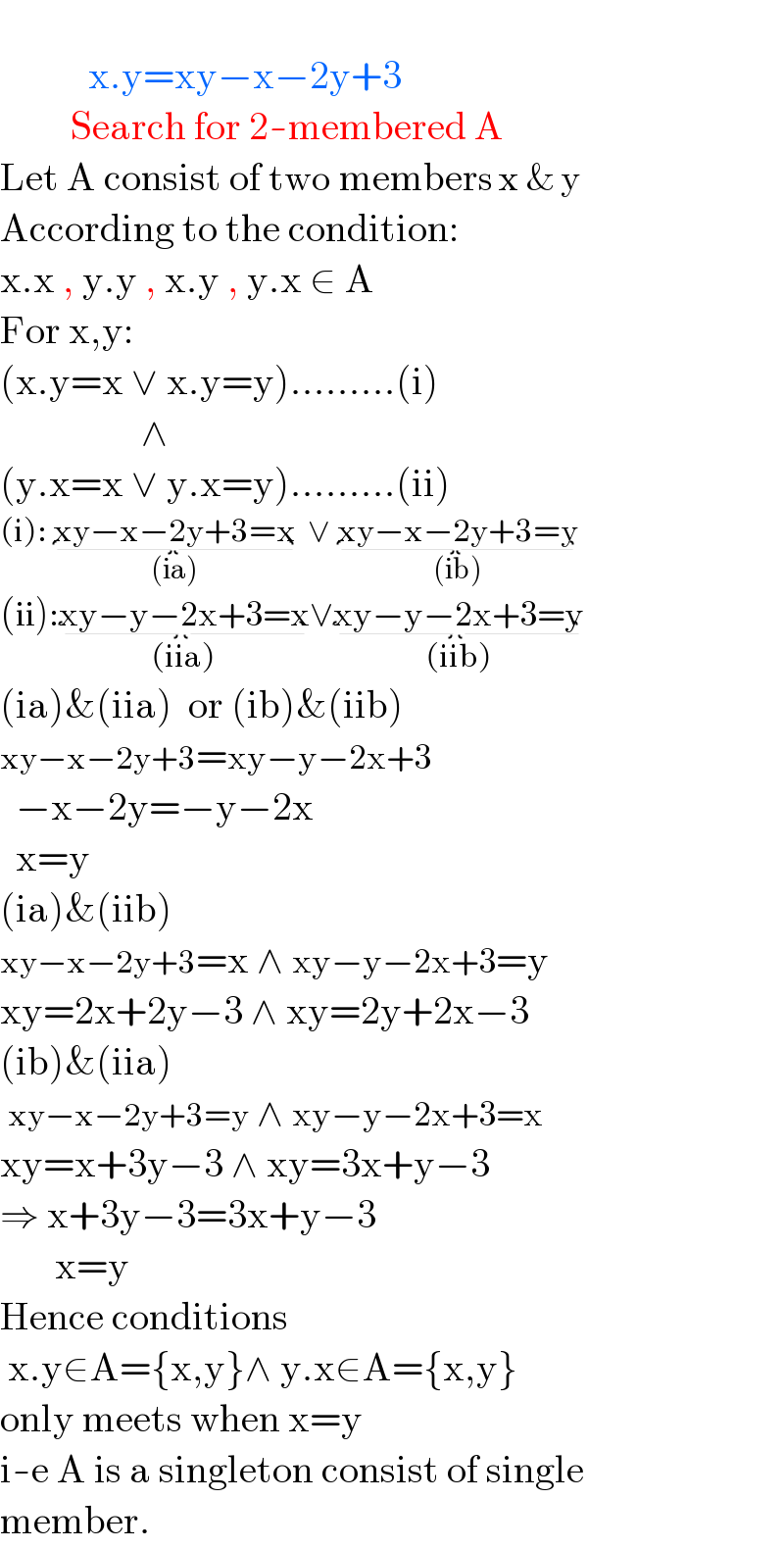
Question and Answers Forum
Question Number 156172 by MathSh last updated on 08/Oct/21

Commented by Rasheed.Sindhi last updated on 09/Oct/21

Commented by MathSh last updated on 09/Oct/21

Commented by Rasheed.Sindhi last updated on 09/Oct/21

Commented by MathSh last updated on 09/Oct/21

Commented by Rasheed.Sindhi last updated on 09/Oct/21

Commented by MathSh last updated on 09/Oct/21

Answered by Rasheed.Sindhi last updated on 09/Oct/21

Commented by DavidSmath last updated on 09/Oct/21
thanks for this sir.
Commented by MathSh last updated on 09/Oct/21

Commented by Rasheed.Sindhi last updated on 09/Oct/21

Commented by Rasheed.Sindhi last updated on 09/Oct/21

Commented by Rasheed.Sindhi last updated on 09/Oct/21

Commented by MathSh last updated on 09/Oct/21

Commented by MathSh last updated on 09/Oct/21

Answered by Rasheed.Sindhi last updated on 10/Oct/21

Answered by Rasheed.Sindhi last updated on 10/Oct/21

Commented by MathSh last updated on 11/Oct/21

